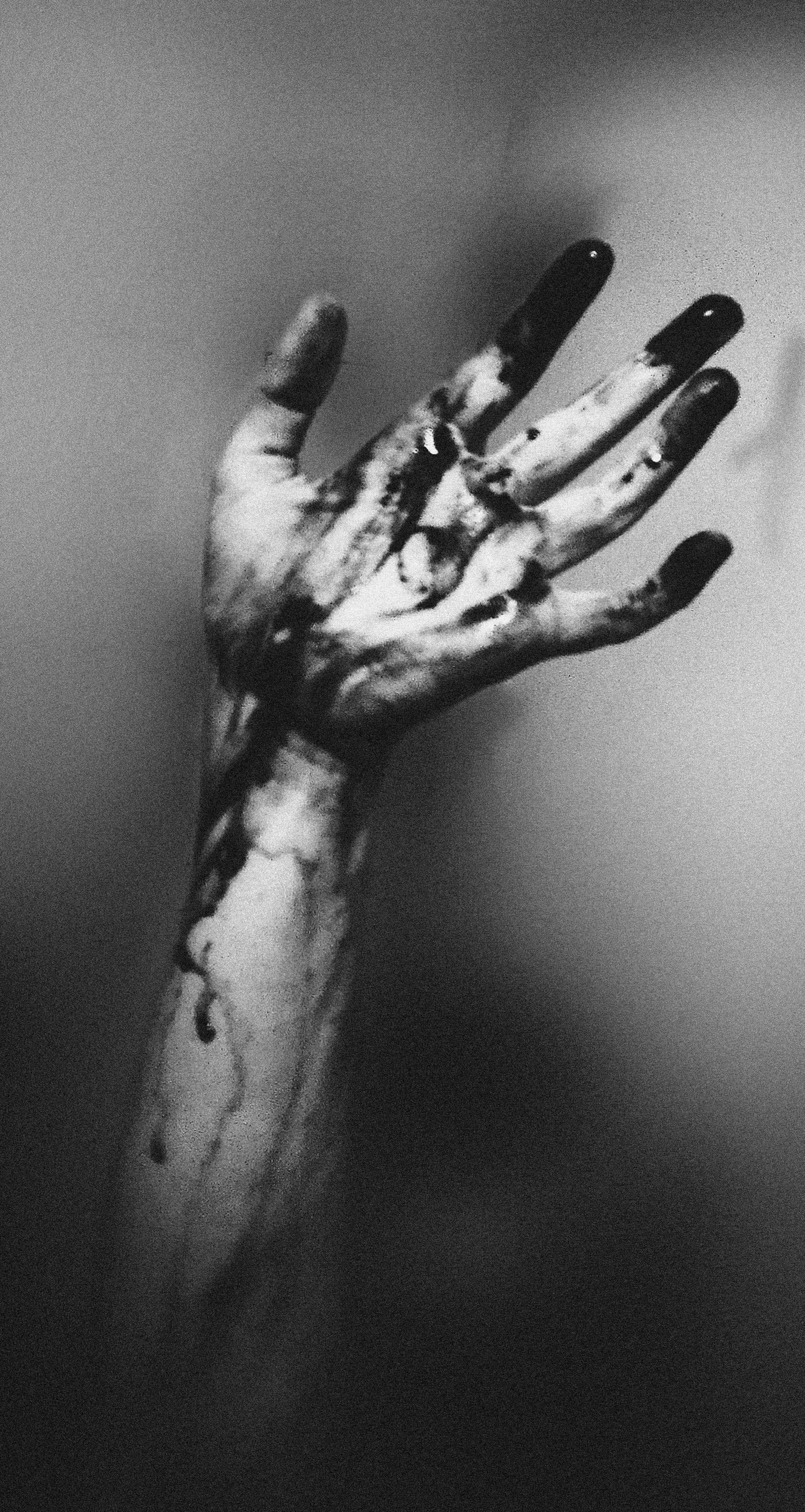Smart Guide to Properly Wash Your Hair in 2025
Washing your hair is a fundamental part of your personal care routine, yet many of us may not be using the best techniques. In 2025, proper hair washing techniques are essential to maintain healthy and vibrant hair. Whether it’s understanding how often to wash your hair, the right shampooing tips, or even how to massage your scalp correctly, this smart guide will provide you with all the essential information to elevate your hair care. Understanding your hair type and using appropriate products gives you the opportunity to maximize the benefits of washing hair while avoiding damage.
The right hair washing routine is vital for maintaining hair health. With numerous options available like clarifying and moisturizing shampoos, it’s crucial to choose products that suit your specific hair needs. Additionally, implementing the correct rinsing techniques and ensuring the conditioner application enhances the moisturizing benefits. We will also touch on common shampoo mistakes to avoid and answer some frequently asked hair care questions.
By the end of this guide, you'll be equipped with the knowledge to achieve stunning hair health through proper washing habits, the ideal schedule for hair washing, and effective styling tips post-wash.
Understanding Different Hair Types for Effective Washing
Building on the foundational importance of hair washing, understanding the different hair types is crucial for tailoring the washing approach. Different hair textures—be it straight, wavy, curly, or coily—perform differently under washing conditions. For instance, fine hair tends to get greasy quickly and may require more frequent washing, while thick, curly hair often needs fewer washes to preserve essential oils that contribute to hair health.
Choosing the right shampoo is also a reflection of your hair type. For example, individuals with oily hair should focus on clarifying shampoos that help remove excess buildup without stripping natural oils. On the other hand, those with dry or curly hair will benefit more from a moisturizing shampoo that fosters hydration and improves texture.
Moreover, knowing how your hair reacts to different washing frequencies informs your hair care routine. Daily washing may be necessary for those with oily scalps, whereas those with dry hair may only need to wash their hair once or twice a week. By considering hair type and its needs, you can develop a customized hair washing routine that enhances overall hair vitality.
Key Considerations for Hair Texture and Washing
Understanding hair texture is essential for effective washing. For example, coily hair may require a gentler approach; this means ensuring moisturizing products are applied correctly to reduce frizz and improve define curls. A pre-wash treatment, such as applying natural oils, can further enhance hydration.
This naturally leads us to the significance of pH levels in shampoo. Most hair types will benefit from pH-balanced products that maintain the scalp’s natural acidity. This balance is crucial to avoid damaging hair fibers and to enhance the overall shine and manageability of your locks.
Common Misconceptions Regarding Hair Washing
There are many myths about hair washing that deserve clarification. For instance, some believe that rinsing hair with cold water helps enhance shine, while warm water is often much more effective in opening the cuticles for better product absorption. The key is in the rinse; ensure that products are washed out thoroughly to prevent buildup and maintain scalp health.
Another common misconception is that using more shampoo will lead to cleaner hair. In reality, using the right amount for your hair length is essential. A small amount of concentrated shampoo is often more effective than overloading your hair with product.
Guiding Principles for Washing Different Hair Lengths
Washing long hair can be particularly tricky; it requires more attention to detail. Always part hair into sections while applying shampoo and conditioner to reach each strand effectively. Short hair typically requires less product and tends to dry more quickly. Understanding these differences will lead to a more effective and enjoyable washing experience.
Incorporating specific techniques like scalp massage during washing helps stimulate blood circulation and promotes scalp health. It is a great technique that contributes to overall hair vitality, and applying it in your hair routine can significantly enhance your hair washing experience.
Essential Shampooing Tips for Healthy Hair
Now that we’ve covered the foundational principles of understanding hair types, let's dive into how to wash hair effectively. One of the first steps in shampooing is choosing a sulfate-free shampoo to avoid unnecessary hair damage. Sulfates can create a lathering effect but may also strip the scalp and hair of natural oils, leaving it dry.
Another essential tip is to dilute your shampoo with water in your palm before applying it to damp hair. This allows for even distribution and promotes a gentle cleansing process. Also, when shampooing, focus on the scalp—this is where the oil builds up. Conditioners should only primarily be applied to the ends to avoid weighing hair down.
Transitioning smoothly from washing to rinsing is vital; ensure you rinse thoroughly until all product residue is gone. This helps to eliminate residue buildup, which can detract from hair health and appearance.
Correct Application of Conditioners
Using conditioner correctly serves to enhance hair moisture and overall feel. After shampooing, apply conditioner generously, focusing on the mid-lengths and ends of your hair. This is also where the most damage typically occurs. Utilize a wide-toothed comb or fingers to detangle your hair while the conditioner is in, helping distribute the product evenly and preventing breakage.
Additionally, consider leave-in conditioners, especially if you're managing dry or curly hair. They provide lasting moisture and protection against external elements. By selecting products that align with your hair needs, you can nourish and improve your hair texture significantly.
Hair Washing Frequency for Optimal Hair Health
Understanding how often to wash hair involves considering your lifestyle along with your hair type. Oily hair typically requires more frequent washings than dry or natural hair types. Therefore, it’s crucial to establish a schedule for hair washing that meets individual needs while balancing scalp health.
For those who practice outdoor activities or suffer from environmental pollutants, consider washing your hair more frequently to remove dirt and excess oils. Conversely, individuals with colored hair should reduce the frequency to prevent the fading of colors. A recommended practice is assessing your scalp and hair texture and adjusting your washing schedule accordingly.
Rinsing Techniques and Scalp Massage
Following the shampooing techniques, it’s vital to focus on rinsing techniques. One effective method is the downward rinse technique, which helps gravity assist in removing shampoo and conditioner more efficiently. It promotes a thorough rinse and ensures that there is little to no product residue left in your hair.
Simultaneously, incorporating a scalp massage during both the shampoo and rinse phases is highly beneficial. It not only feels great but also stimulates blood flow, promoting better scalp health. You can utilize your fingertips or even a scalp massaging tool to gently work across the scalp in circular motions. This action encourages relaxation and contributes to a healthier scalp environment.
Common Shampoo Mistakes to Avoid
Common mistakes during washing can hinder achieving the desired hair outcome. One prevalent pitfall is not rinsing adequately, which leads to product buildup and can irritate the scalp. Another mistake is using excessively hot water, which can damage hair cuticles and lead to moisture loss.
Moreover, layering numerous products can accumulate residue, leading to dull-looking hair over time. Simple solutions include using fewer products and adopting a routine that complements your specific hair type and care needs. By avoiding these common mistakes, you can significantly improve the effectiveness of your hair washing routine.
Hair Care Myths and Washing Practices
As we explore good hair care practices, it's vital to address myths surrounding hair washing. One of the most widely perpetuated myths is that frequent washing leads to hair damage. In reality, the key lies in understanding your hair needs and utilizing effective techniques that protect hair integrity.
Additionally, integrating seasonal care tips aligns hair washing practices with changes in humidity and temperature, which may influence how hair behaves. Utilizing moisturizing hair products can counteract the drying effects of hot air in winter months, while lighter formulas may be preferable in the summer.
In conclusion, adopting effective hair washing habits includes understanding your hair type and practicing good hair hygiene. This smart guide promotes essential principles aimed at enhancing hair health through proper washing techniques.
Styling Tips after Washing
After washing your hair, the styling process is just as crucial. Consider air drying your hair whenever possible to minimize heat damage. If you choose to towel dry, remember to pat gently rather than rub vigorously to prevent damage. Additionally, using a silk pillowcase can minimize friction during sleep, helping to maintain your hair’s integrity.
Q&A: Common Questions Regarding Hair Washing
1. **Why is it important to wash your hair?**
Regular washing helps to remove dirt, oil, and product buildup, contributing to healthier scalp and hair.
2. **How often should I wash my hair?**
The frequency depends on your hair type; oily hair might need washing daily, while dry or curly hair may benefit from once a week.
3. **What are the benefits of using conditioner?**
Conditioners help hydrate and detangle hair, reducing frizz and improving overall hair texture.
4. **Can I use a clarifying shampoo regularly?**
No, clarify once every few weeks to avoid stripping away natural oils, unless you have significant buildup.
5. **How can I protect my hair from heat?**
Use heat protection sprays and limit heat styling to maintain the health of your hair.
With the right techniques in place, you can embrace a judgment-free wash routine that keeps your hair clean, vibrant, and healthy.




